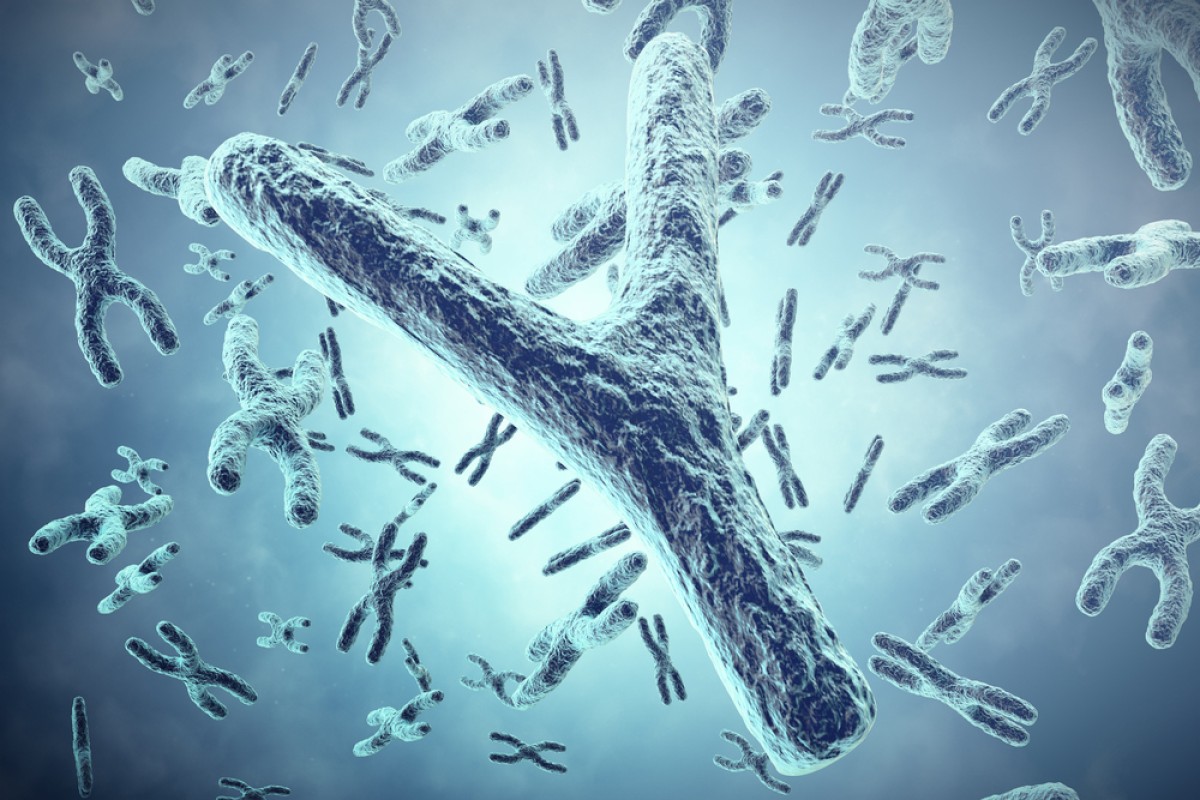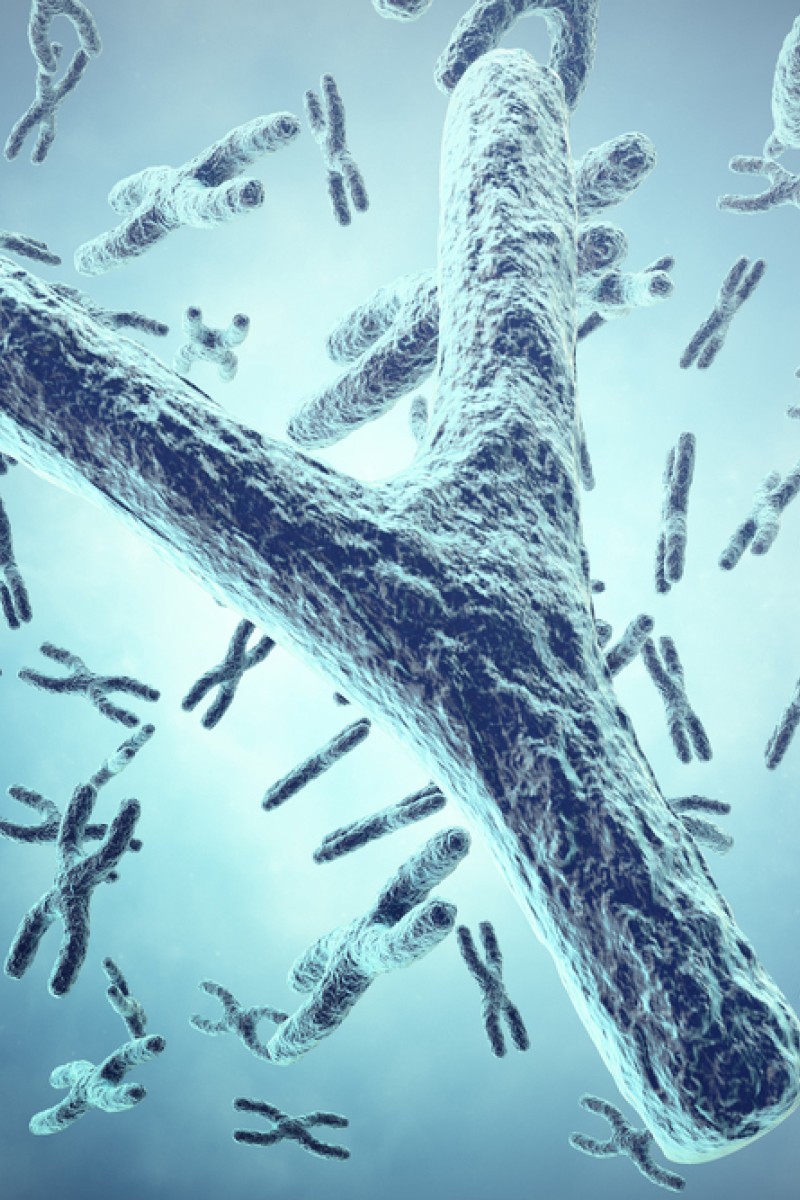
One of China’s most infamous serial killers was finally caught decades after he killed his first victim thanks to the use of genetic tests usually used by scientists.
Existing genetic tests on body fluid samples left by the alleged killer failed to help track him down, but scientists at Fudan University in Shanghai were able to find his family’s ancestral village using the technology. This led the police to him.
Gao Chengyong was arrested last Friday at a grocery store that he and his wife ran in Baiyin, in northwestern Gansu province.
Gao, 52, later admitted murdering 11 women and girls in Gansu and Inner Mongolia over a period of more than 10 years, said a statement from the Ministry of Public Security.
His crimes were carried out between 1988 and 2002 and created panic in Baiyin, with many women afraid to go out alone.
The suspects body fluids and fingerprints were left at the scene of his crimes, but did not seem to help much. Large numbers of men registered as living in Baiyin near where many of the killings occurred underwent genetic tests, but Gao was not among them. However, a relative of his was arrested for a minor crime and had his DNA collected. There were enough markers in the DNA for scientiest to realise that the serial killer was related.
Police believed the killer was a clever criminal living in the city with a high education and no tests were carried out in surrounding rural areas. The breakthrough came when police asked for the help of the laboratory at Fudan University earlier this year.
Professor Li Hui told the South China Morning Post that his team were given "biological samples" from the case to study, which arrived under police escort.
Tracking the Y-chromosome
Li’s team studies the Y-chromosome genetical material that is only found in the cells of males and is passed down from father to son. Y-chromosomes change across time, giving each male's clan a distinctive genetic fingerprint.
Using their techniques, they have managed to trace the origin of Chinese men to a few male migrants who arrived in southern China about 60,000 years ago. They also found the direct male descendants of the philosopher Confucius in present day China.
The team compared the small samples of Y-chromosomes from the crime scenes to other samples within from Chinese mainlanders. The result suggested a strong match to a family clan with the surname Gao. In the Baiyin area, where most of the victims were killed, there was only one Gao family clan and they lived in Chenghe village, well away from the city.
Police carried out a fresh round of DNA tests in the area and Gao was finally identified as the suspect.
Li said his team had studied more than 1,000 samples for the police in recent years to help narrow down the possible home area of criminals.
Men only
The Y-chromosome cannot be used to investigate female samples, but women and girls carry mitochondrial DNA, which carries genetic information passed from mother to daughter, which is also useful for forensic investigation, said Li.
“But there is much less demand for female samples. Most suspects for murder and rape are male,” he said.
Li said the team’s Y-chromosome database, which covers nearly all major populations in the world, particularly China and East Asia, still had room for more data. “Hopefully in the future we will have DNA coded in an ID card. It will make the world safer for everybody,” he said.
This article appeared in the South China Morning Post print edition as: police track dna trail to ‘killer’s’ home
